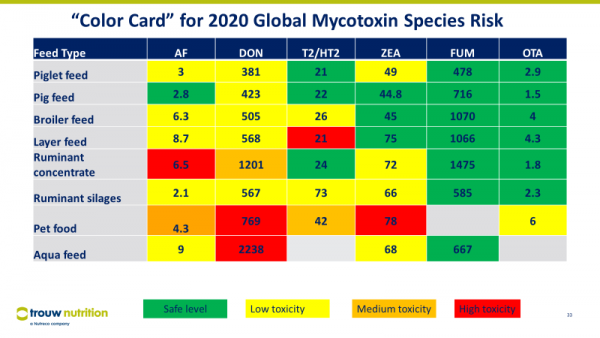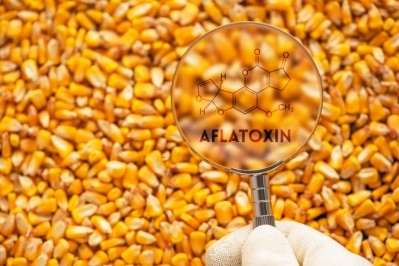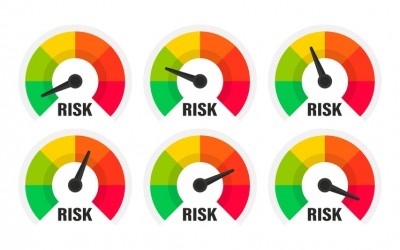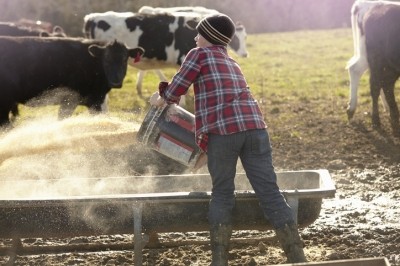Trouw Nutrition flags mycotoxin concerns for poultry producers from corn harvested in Q4 2020
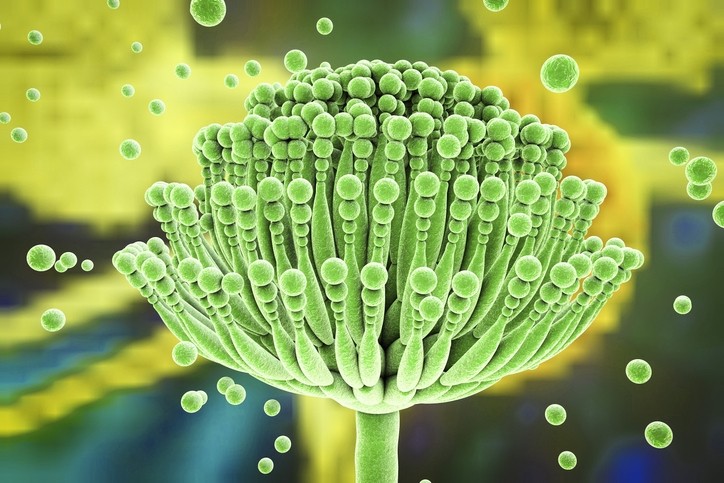
It recently released details of its global mycotoxin analyses on feed ingredients and complete feeds in 2020 along with details of how Q4 2020 results might impact animal health and performance in 2021.
While only a small number of feed ingredients have been analyzed to date this year, initial findings for corn harvested from September to December 2020 already highlight a few concerns for poultry producers, especially those in India, Mexico, and South Africa, reported the company.
Early results show high toxicity levels from aflatoxins (AF) in corn in India, deoxynivalenol (DON) in both Mexico and South Africa, along with T2/HT2 in South Africa, it said. “Zearalenone (ZEA) and fumonisins (FUM) levels appear to be low across multiple countries, however, aflatoxin may be an increasing concern in the US, Brazil, Mexico, and South Africa. Although some results are missing, Canada’s crop reports medium toxicity levels for DON and T2/HT2.”
The type and number of mycotoxins found in feeds and feed ingredients vary regionally and annually, as multiple factors influence mold growth and mycotoxin occurrence, says Trouw Nutrition.
Elements that can alter mycotoxin levels include:
- Biological factors like crop susceptibility
- Environmental factors such as temperatures, humidity, and fungal load
- Harvest practices
- Storage conditions including temperature, humidity, and aeration
- Transportation conditions and processing of commodities
Multiple mycotoxins can be present in the same feed or feed ingredient, it reported. Mycotoxins in feed ingredients can hamper animal health and production, they can interact in an additive and/or synergistic manner – potentially causing a larger response than expected.
To obtain a clear picture of mycotoxin risk to animals, the company said it is advisable to analyze multiple mycotoxins in animal complete feeds rather than ingredients. If complete feed analysis data is not available, all the ingredients that are part of the feed should be analyzed for multiple mycotoxins.
"By adding mycotoxin contribution of different ingredients towards the feed levels of mycotoxins, total risk can also be estimated. Apart from mycotoxin analysis in feed or raw materials, other factors, such as the history of raw material sourcing, farm manager’s feedback on animal symptoms, and veterinarian’s report on post-mortem findings should be considered."
Testing for mycotoxin levels in feeds and feed ingredients
Mycotoxins continue to be a threat for animal production as reflected in more than 80% contamination of raw materials and complete feeds in 2020, said the animal nutrition and premix producer.
The company’s testing for mycotoxin levels in feeds and feed ingredients increased from 2019 to 2020, with 38,858 analyses being completed in 2020 across 35 countries.
Many samples, about 51.6%, came from countries in Europe, followed by 18.4% from North America then South America, the Middle East and Africa, and Asia.
The items tested included feeds, grains, grain by-products, protein sources, and silages. The percentage contamination dropped slightly between the years, with 88% of samples indicating at least one mycotoxin in 2019 and 84% being positive last year. The sample with the highest concentration was a commodity from Brazil; it was found to have 32,400ppb of FUM, it noted.
In addition to testing multiple feed ingredients, feeds for different livestock species were also examined. Layer feed was most commonly tested, followed by feeds for broilers, sows, and piglets. The analyses also included ruminant concentrate, pet food, fish feed, and shrimp feed.
When 2019 and 2020 samples were compared by mycotoxin concentrations, the results showed there was a drop in the concentrations of four mycotoxins - AF, FUM, DON, and ZEA, but the average concentrations for T2/HT2 and ochratoxin A (OTA) increased in 2020, as compared to the results from 2019, toxins that can be quite challenging for monogastric animals.
Examination of raw material
In the 2020 results, it found each grain examined had a varying percent contamination of different mycotoxins.
The top there mycotoxins that were detected in barley were T2/HT2, OTA, and AF, while for sorghum those were OTA, FUM, and ZEA. Triticale was contaminated by FUM and T2/TH2, while oats had nearly all the mycotoxins occurrences at 79% or above.
As expected, FUM, AF, and DON occurred at a higher percentage in corn, while wheat saw contamination from all mycotoxins, except ZEA, at a rate between 70% and 78%. As anticipated, by-products tended to have higher concentrations of mycotoxin presence than the whole grain for a commodity, said the company.
Each protein ingredient also showed a range of mycotoxin contamination, with rapeseed meal having higher contamination levels for OTA, AF, and T-2/HT-2, while cottonseed meal indicated an increased percent of OTA, T2/HT2, and aflatoxin. Soybean meal and sunflower meal are the two most common protein-rich ingredients used worldwide in animal feeds. Both ingredients had more than 90% contamination in relation to OTA, T-2/HT-2, and ZEA, while FUM and AF were also at 90% or above looking at contamination in sunflower meal. Peas, unexpectedly, contained all six mycotoxins at 100%.
“It can be concluded on raw material analysis that although all grains, by-products, and protein sources were contaminated with all mycotoxins to a significant extent, the contribution of mycotoxin concentrations towards final feed is more from grains and grain by-products.”
Mycotoxin risk for animals based on 2020 data
The company produced a color card for 2020 mycotoxin risk for various species of animal. "It should, however, be noted that the risk profile does not take into consideration the interactions that may happen among various mycotoxins. As a result, for example, if there are two or three 'low toxicity yellow' color risks, then it may be considered as 'medium toxicity orange' color risk. Overall, DON was toxic to most species of animals, followed by AF, T-2/HT-2, and ZEA," it said.
